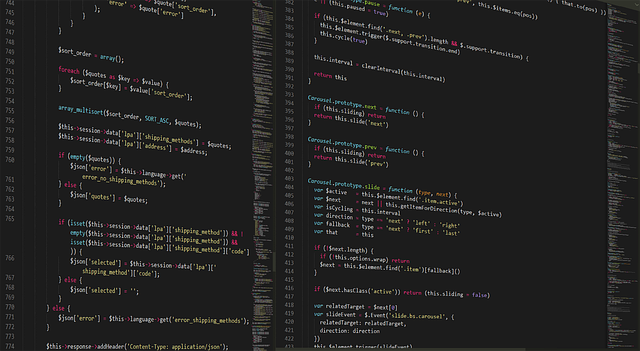
Many people create websites of their own, however improper fonts can make them very hard to read. Make sure that your site does not have this problem. The following article offers you a number of great tips that will show you how to create the perfect font size.
When doing web page design, use the appropriate graphics. Bitmap images usually are big and don’t work as well as PNGs. For screenshots, text buttons, and other non-photographic images, use PNG if the image has more than 256 colors, and GIF if not. JPEG images are good for pictures.
Have a visible tagline. This tagline should give visitors an idea of what your site is about. When a visitor arrives at your site, they aren’t going to stay long if nothing catches their eye. Your tagline can help grab their attention.
Your website needs to have easy navigation, if you want to have multiple visitors. Ensure that links are easy discovered and displayed in a prominent location. Menus also make navigation more user-friendly. Make sure you have links back to your main pages accessible on every single page of your website; that way, visitors are able to always get around.
Make use of keyword research. Though your primary focus is on supplying proper content and information to your customers, you need to build a customer base. Knowing what keywords will help to increase traffic is part of website development success.
Make sure that all the files on your website are small in size. You need these small file sizes regardless of the overall design of your site. Large files take longer to load when people visit your website. It is critical that your website load quickly for everyone. Bear in mind that some site visitors are still using dial-up. Run tests to ensure that even dial-up users report a smooth user experience.
Site Yourself
Keep your topics separated. Each different topic should have a separate page on your website. This helps alleviate any confusion that your customers may experience, as well as giving search engines a broader and more clear view of your site, potentially bumping you up higher in their rankings.
Hosting your site yourself is not really a great idea, no matter what amount of money you’ve decided to invest in it. Design the site, or most of the site yourself, but let someone else host it so that you can focus on its security.
Try signing up for an email newsletter that covers website creation, so that you can reorient yourself should you ever become confused. These newsletters are helpful for designers of every skill level.
Proofread all of the content on your site so that you don’t look like you rushed through it. You don’t want anyone to have trouble understanding what you meant. Errors that appear on your site make the site appear unprofessional, and the credibility of the site is likely to take a hit.
Avoid use of too many different fonts in any one web design. Learn how to use generic fonts to make your site look more uniform. The majority of sites utilize Verdana, which is easy to read in any size or color.
Site design and maintenance of that website, requires your very own office space. Remove distractions and set up your work station in a way that allows you to jump into work quickly, and accomplish tasks efficiently. Have your office tools and everything else located where you have easy access, and make sure you have an optimized space for your website design needs.
There should be a tagline for each page in your site, that is clear and easy to understand. You should use a large, easy to read text so that the viewer immediately sees them when they’re following links. It has to explain what the page is about so your visitor can quickly decide to stick around or not.
Have another person constantly test your website functionality through the entire design process. Every time you add a new feature, make sure someone stops by and judges it impartially. You may think that a video that is slow to load is not really a hassle, but other people may feel differently. Always seek out different, outside opinions.
Be sure that your users priorities are your priorities. As a web designer, you should always focus on the viewer’s needs. They should include interaction, usability, accessibility and the overall users experience. These are some important considerations to make. Seeing things from your visitors’ perspective will benefit you greatly.
When the site is launched, the process of design isn’t finished. Maintain your site and keep it up-to-date. While you don’t need to do something all the time, it will need to be updated on a regular basis. That is certainly the case if you plan to host videos or discuss current events. Updating a website is quite different from updating a blog. It’s going to take some hard work and attention to detail.
Don’t pay for literature if you’re looking to learn how to build a website. You can invest in books if feel that’s the only way you learn. There are many accurate books and magazines out there full of helpful information. But you can find this information for free. Expensive books have the same information as the ones that are free.
As you have seen, many people create websites, however because of one factor or another they never gain the popularity they seek. Take what you learned in this article to design a site that your visitors will love to read.
Learning how to design good websites becomes even simpler the more you do it. Begin by creating basic pages with HTML or C++; this will allow you to judge how well you are doing. Get to work now and practice your craft!




